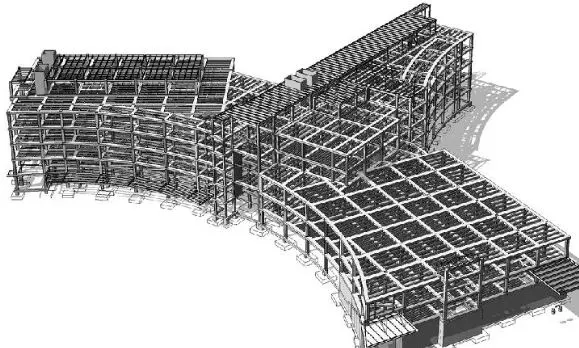Table of Contents
ToggleI. Introduction
In structure design, software plays a critical role in creating safe and efficient structures. By enabling engineers to analyze complex designs and make informed decisions about materials, load capacity, and structural integrity, it can ensure that the final product meets high standards of quality and safety.
II. Benefits of Structural Software
There are several key benefits to using structural software in design:

A. Increased Efficiency
One major advantage of using structural software is increased efficiency. This can be achieved in several ways:
Improved accuracy: Structural software can perform complex calculations and analyses quickly and accurately, reducing the risk of errors.
Automation of repetitive tasks: Many structural design tasks are repetitive and time-consuming. Structural software can automate these tasks, saving time and allowing engineers to focus on more complex aspects of the design.
Streamlined analysis: Structural software can help engineers to visualize and analyze the performance of different designs, making it easier to identify the most efficient and effective options.
Reduced time to design: By automating tasks and streamlining analysis, structural software can significantly reduce the time it takes to complete a design.
B. Improved Design Quality
In addition to increased efficiency, structural software can also improve the quality of designs. This can be achieved in several ways:
Optimized designs: Structural software can perform advanced optimization algorithms to help engineers identify the most efficient and effective designs for a given set of requirements.
Improved safety standards: By analyzing the performance of a design under different conditions, structural software can help ensure that the final structure meets high standards of safety and durability.
Reduced risk of errors: By automating tasks and performing complex calculations, structural software can reduce the risk of human error in the design process.
Richer design options: By providing engineers with advanced visualization and analysis tools, structural software can help them explore a wider range of design options and make more informed decisions.
III. Conclusion
In conclusion, structural software provides significant benefits to the design process, including increased efficiency, improved design quality, and reduced risk of errors. By leveraging the power of automation and advanced algorithms, engineers can create safer and more efficient structures that meet the needs of a wide range of applications.
